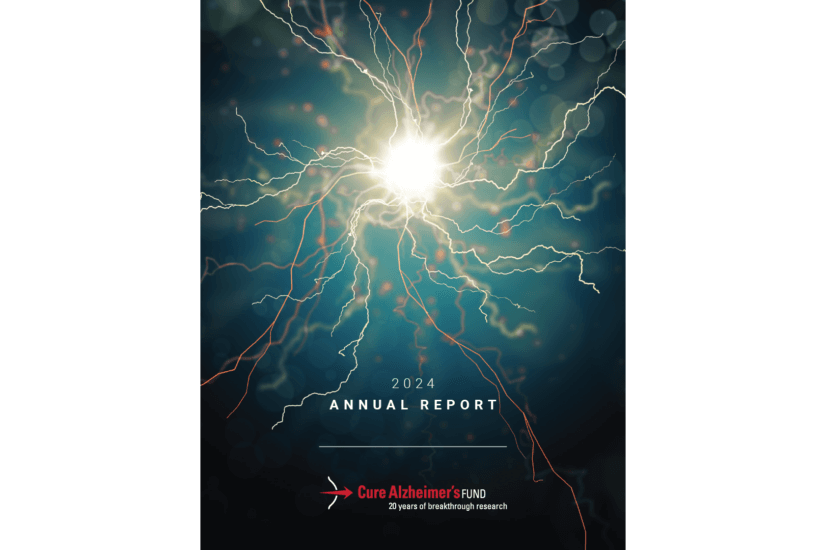Potential for New Therapies to Treat both Diseases
The discovery of a molecular mechanism linking Alzheimer’s disease and Type 2 Diabetes could lead to exciting new drugs to treat both devastating diseases, according to new research published this week in The Journal of Neuroscience. Researchers found that the gene for a protein called SorCS1, which is linked with Type 2 Diabetes, participates directly in the pathogenesis of Alzheimer’s.
Supported by Cure Alzheimer’s Fund (CAF), the research was led by Dr. Sam Gandy, professor in Alzheimer’s disease research at the Mount Sinai School of Medicine and Dr. Rudy Tanzi, PhD, Harvard University’s Joseph P. and Rose F. Kennedy Professor of Neurology and Director of Genetics and Aging Research Unit. Both are members of the CAF research consortium. Also part of the team were University of Wisconsin geneticist Alan Attie, PhD, who discovered the linkage of SorCS1 to diabetes in 2007, and Columbia University Alzheimer’s researcher Scott Small, MD. Rachel Lane, Ph.D., a postdoctoral fellow at Mount Sinai, and Summer Raines, Ph.D., a graduate student at the University of Wisconsin performed the research and shared first authorship.
“Alzheimer’s and Type 2 Diabetes are complex diseases and the risks of both include high cholesterol, obesity and vasculopathy, but these factors are highly interrelated and the challenge has been finding a clear starting point to understand the relationship between the two diseases,” said Gandy. “Our research has revealed a molecular mechanism in the gene SorCS1 that is shared by Alzheimer’s and type 2 diabetes. These findings could open up new doors for more effective treatments for both diseases.”
The research found that the brains of mice genetically deficient in SorCS1, created by Raines and Attie, showed increased levels of amyloid-beta (Abeta), known to play a key role in the onset of Alzheimer’s disease. Meanwhile cells engineered to express high levels of SorCS1 generated low levels of Abeta.
The SorCS1-deficient mice also were found to have abnormally low levels of another protein called Vps35, a profile that Dr. Small linked to Alzheimer’s disease in a 2005 study. Thus the low SorCS1 might cause levels of Vps35 to go down and lead to the increased formation of Abeta in the mice, and, presumably, Alzheimer’s, in humans. For the moment, this work provides potential insights and new targets but therapeutic outcomes will require more research.
“Alzheimer’s and Type 2 Diabetes are major causes of illness and death in the elderly and these findings could lead to new drug targets to treat both diseases by increasing levels of SorCS1 or Vps35,” Dr. Tanzi said. “While further research is needed to find the link between SorCS1 and Vps35, these data will open many new doors.”
“Dr. Gandy and Dr. Tanzi are on the cutting edge of Alzheimer’s research and always take an innovative approach to any challenge they face,” said Tim Armour, president and CEO of Cure Alzheimer’s Fund. “We, at Cure Alzheimer’s Fund, are proud of their work and the hope it offers to the millions of Americans and their families affected by both of these devastating diseases.”







